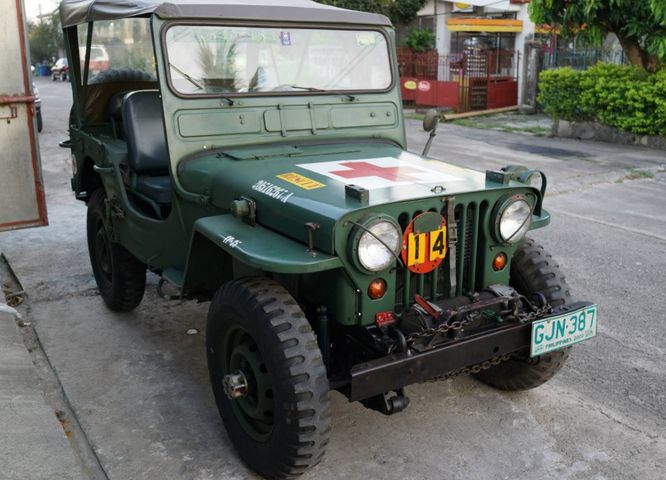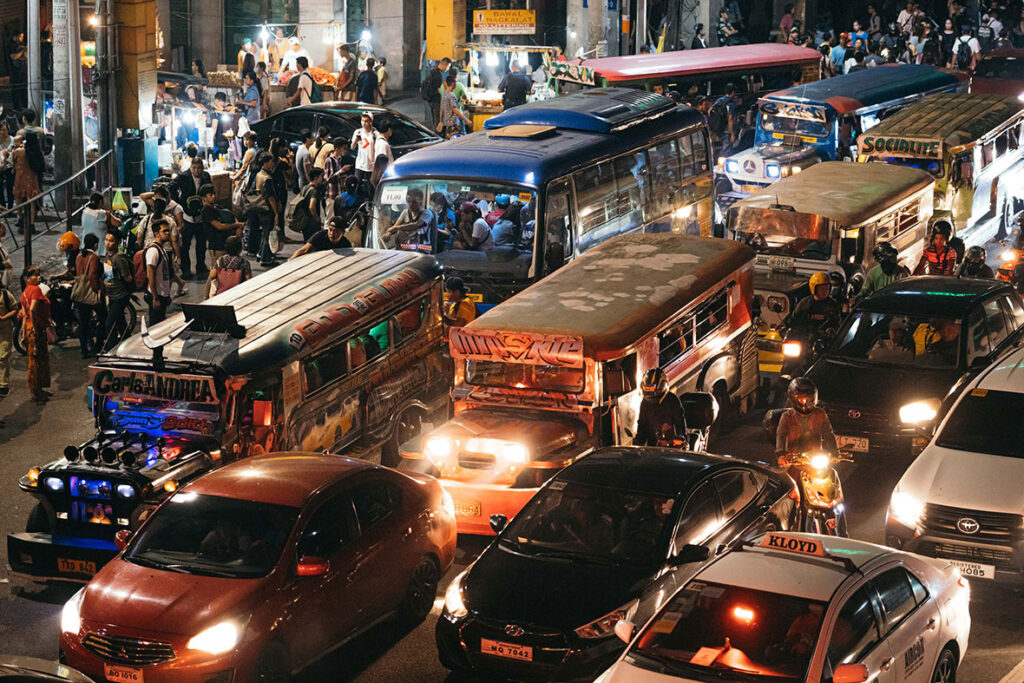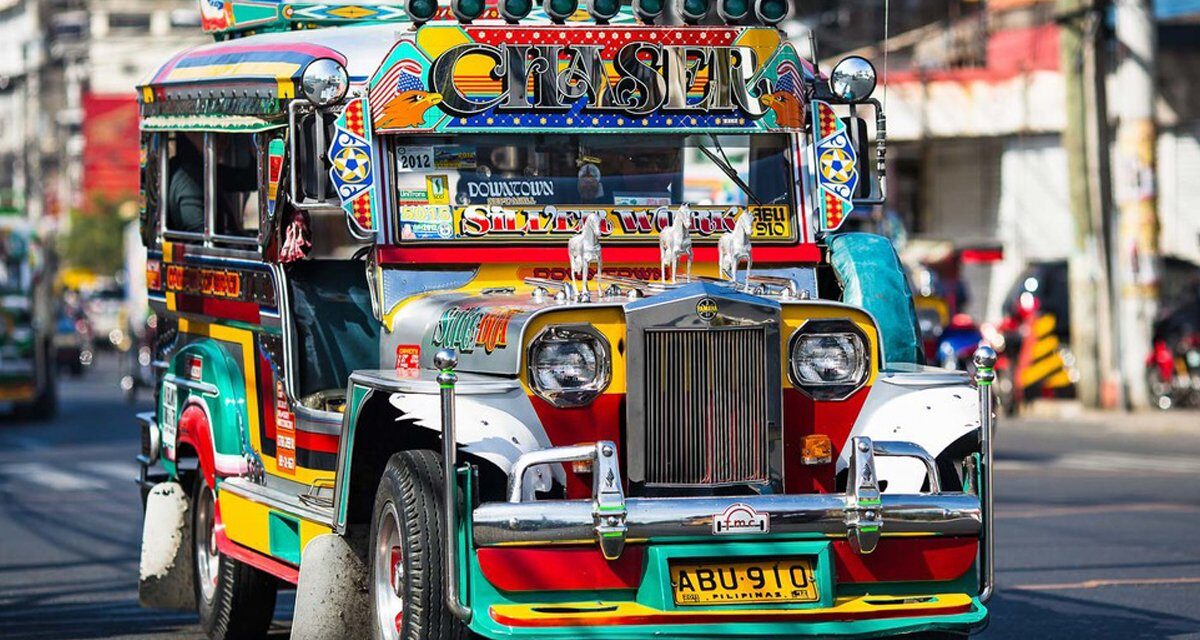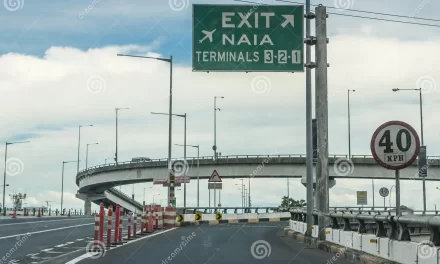Prague, Czech Republic – You know you are in the Philippines when you see long lines of people waiting patiently to ride these bright vehicles with oversized bodies. The air is filled with blasting music from the speakers, while the driver maneuvers with a long gear stick that stretches almost to the passenger seat. Inside, you hear the familiar call of “pakiabot” as passengers pass their pamasahe (fare) to the next person until it reaches the conductor who is often the ever-reliable manang, the wife of manong driver. A jeepney ride is like stepping into a moving community. It’s full of familiar sounds, sights, and little shared moments that every Filipino knows.
How did the jeepney started in the Philippines?
The jeepney traces its roots back to the repurposed U.S. military jeeps left behind after World War II. Originally Willys Jeeps used by American forces during the war, these vehicles were sold as surplus to Filipinos afterward. With resourcefulness and creativity, Filipinos transformed them into larger, more colorful, and more practical vehicles giving rise to the iconic jeepney we know today.

The bright paint, religious icons and pop culture
Jeepneys are not just vehicles, they’re works of art on wheels. From bright colors and bold patterns to religious icons, pop culture images, and family names, every jeepney tells its own story. The designs show off Filipino creativity and the values drivers hold close to their hearts. Each one is like a moving canvas where it carries both passengers and pieces of our culture through the streets every day.
TOP READS FOR YOU:
- How to Protect Your Skin During the Cold Months: 5 Tips for Filipinos Living in the Czech Republic
- Going Home for the Holidays? We Gotchu, Your OFW Christmas Travel Checklist is Here!
- Not-So-Exotic, Totally Yummy 6 Filipino Dishes to Try
- The Philippines’ Tabo Culture
- AirAsia Expands Routes: Direct Flights from Manila to Istanbul via Kuala Lumpur Begin November 14
Jeepney is a symbol of community
Jeepneys also bring people together, not just by carrying many passengers in one ride, but through the little ways we interact inside. The simple act of saying “pakiabot” as fares are passed hand to hand shows cooperation and trust among strangers. It’s a small gesture, but it reflects bayanihan, the Filipino spirit of helping each other.
Jeepneys are full of funny little moments, like forgetting to shout “para po” and suddenly finding yourself two streets past your stop, or being one of the last two passengers left but still getting asked to pass the fare all the way to the driver. It’s these simple, silly experiences that stick with us the most. They’re the kind of jeepney memories every Filipino can laugh about and relate to. After all, it’s not just a ride, it’s part of our shared everyday story.
Jeepney’s Economic Importance
For millions of Filipinos, jeepneys are the most affordable way to get to school, work, or anywhere else they need to go. Beyond passengers, they also provide jobs for drivers, operators, mechanics, and even artists who paint and design them. In this way, jeepneys keep both families and communities moving forward. They’re an economic lifelines to many Filipino families.
Jeepney as a National Symbol
Few things represent the Philippines as instantly as the jeepney. Like Thailand’s tuk-tuks or India’s rickshaws, they’ve become an icon that tourists and locals alike recognize. Jeepneys appear in photos, art, and even literature as a symbol of the country’s identity. Wherever you see one, you know it’s uniquely Filipino.
Jeepneys are forever, it just upgrades
The jeepney reflects Filipino culture, creativity, and community in so many ways. Its colorful designs, the routines of passing fares, and the calls of “para po” are all part of daily life in the Philippines. It carries passengers while also representing the shared experiences, values, and memories of the people. Even as modernization changes transportation, the jeepney remains a key part of Filipino identity. Every ride offers moments that connect people and communities across generations. In this way, the jeepney continues to hold an important place in the life and culture of the Philippines.












